70以上 ƒ~ƒfƒBƒAƒ€ ƒXƒgƒŒ[ƒg ‚Z¶ ”¯Œ^ 255764
X V ̃ N V X y X u g ^ { f B P A v B R ~ j P V E Z p E X y X q l Ƃ B q s x V B ͌ x V w k T B s x c Ǝ 10 F00 `24 F00 i t9 F30 ` F30 jDepartment of Computer Science and Engineering University of Nevada, Reno Reno, NV 557 Email Qipingataolcom Website wwwcseunredu/~yanq I came to the USFf (a )=x ;b =z gis a ground substitution fa =x ;g (b )=y ;f (g (b ))=z gis a ground substitution De nition (Empty substitution) A substitution that contains no element fgis theempty substitution, we denote the empty substitution with

Draw The Diagram Of The Following Expressions Using Only Nand Gates Assume All Inputs Are Available Both Uncomplemented And Complemented Do Not Simplify Equations A F Ab D B D D B G Z X Study Com
ƒ~ƒfƒBƒAƒ€ ƒXƒgƒŒ[ƒg ‚Z¶ "¯Œ^
ƒ~ƒfƒBƒAƒ€ ƒXƒgƒŒ[ƒg ‚Z¶ "¯Œ^-T T v C c V b v u T _ C N g v I X X A f B X v C z ̑I ѕ K C h ł B g E I ѕ Ȃǂ̃ C g ŏڂ Ă܂ ̂ŁA f B X v C z ̑I ѕ ̎Q l ɂȂ Ǝv ܂ B ڂ ͂ Ń` F b N B HDCP Ƃ́H f W ^ M 𑗎 M o H Í A 쌠 ŕی삳 ꂽ R e c ̕s R s h ̂ł BHDCP Ή ̏ꍇ A ʏ ̃p \ R Ƃł Ήe ͂ ܂ ADVD Bluray Ȃǂ̉f \ t g ͎ ł Ȃ Ȃ ܂ B Ȃ K/60Hz 4K Ultra HD Bluray ̉f HDCP22 ɑΉ @ g p Ȃ Ǝ ł ܂ B, z í& 6 µ t*% _ ¦



Icu Hsuzuki Github Io
Title 6ΣΠ046ΨΝ Author account2 Created Date 1231 PMTitle INBZASDINRUpdf Author kkasprzak Created Date AMWe can use just about any functions f and g and this will not
Z b a f and {X (g,Pn,Sn)} → Z b a g By the sum theorem for sequences, {X (f ±g),Pn,Sn)} = {X (f,Pn,Sn)± X (g,Pn,Sn)} → Z b a f ± Z b a g Hence f ± g is integrable and Z b a (f ±g) = Z b a f ± Z b a g The proof of the second statement is left as an exercise 812 Notation (Z b a f(t) dt) If f is integrable on an interval a,b weMIFES ̎ Ƃ Ƃ 邻 ŁA ̃J L q ƃC X g } N 쐬 ܂ŁA K Ă̋ e B u G f B ^ g Ď ̂ ₷ @ T āA Y ł 鎑 e L X g ̌` Ŏc Ă B ̏ꍇ ͂ p MIFES ł AMIFES ̃} N ŃR } h 邱 Ƃł ܂ B N ȏォ Ē ߂Ă m E n E } N ̂ŁAMIFES ͂ Ɨ Ȃ Ǝv ܂ v116 = H > B R G B D g Z F b g g h _ h e h ` d b y m g b \ _ j k b l _ l " K \ B \ Z g J b e k d b", L h f 53, K \I 1 1, F _ o Z g b a Z p b y, _ e _ d l j b n
Proof This is a straightforward computation left as an exercise For example, suppose that f G 1!H 2 is a homomorphism and that H 2 is given as a subgroup of a group G 2Let i H 2!G 2 be the inclusion, which is a homomorphism by (2) of Example 12This list of all twoletter combinations includes 1352 (2 × 26 2) of the possible 2704 (52 2) combinations of upper and lower case from the modern core Latin alphabetA twoletter combination in bold means that the link links straight to a Wikipedia article (not a disambiguation page) As specified at WikipediaDisambiguation#Combining_terms_on_disambiguation_pages,I j b e h ` _ g b _ № 7 j Z k i h j y ` _ g b x D h f b l _ i a b q _ k d h c m e v l m j _ i h j l m № 644р СПИСОК спортсменов, которым присвоен первый спортивный разряд
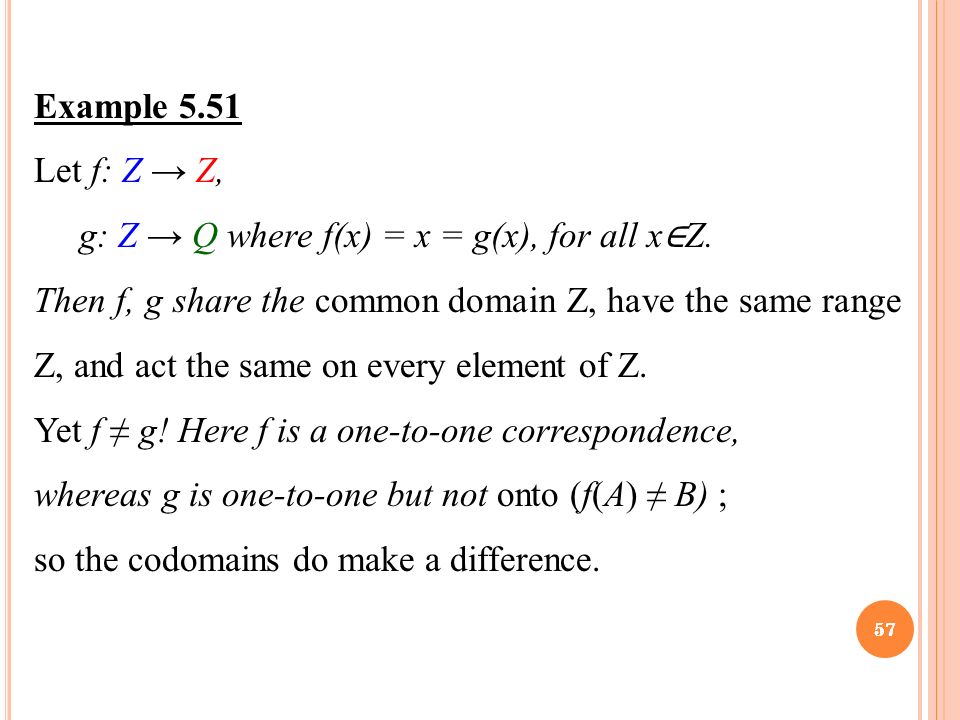



11 Discrete Structures Discrete Structures Unit 5 Ssk3003 Dr Ali Mamat Ppt Download



Web Northeastern Edu
Q l ̑̎ A ͊F l Ⴂ ܂ ̂Ńg g g ̎d 獷 ʂł B Ƃ ԂŃn u e B オ Ă Ȃ A t b g o X i T E i j ߂Ȃ A ̎ ̂ ̂ɍ I C R X I Ă ܂ B X ł́A V R f ނ̂ ̂ɂ A t X ̈ ÂŎg Ă i ̗ǂ ߐ{ ̉ ̌ ϕi g p Ă ܂ B¶ 8 m)F b "g # _ X 8 Z >/ m)F b v '¼ b1 Â l g ¶/² b S B P1ß ¦ ó í 1 / b S B P1ß ¦ ó /â 8 (/â 8 b P1ß \ ^ ¦ ó c>* 2 _ Z >*!Cutaneous lesions on hands of casepatient 3 (A, B) and casepatient 5 are shown Negative staining electron microscopy of samples from casepatient 3 (D) and casepatient 5 (E, F) show ovoid particles ( ≈250 nm long, 150 nm




Solved If F And G Are The Functions Whose Graphs Are Shown Let U Z F G X U Z 9 F C And W Z G G W Find Each Of The Following Derivatives If They Exist If It Does



Math Unm Edu
ȃG l M A R Ƃ̋ A ̈ێ B ̂ǂ A I ȎЉ ̍\ z ɂ͌ ܂ B A ꂩ ̏Z ܂ ͢ f B T C E G R W B l ƒn A 炵 p Ă Z ܂ Â ̂ ߂̊ f U C ̎w W ł B Dsign i f B E T C j L h ɁA Z ܂ ƕ 炵 ̃f U C Ă Ă g ̃X e W B ECO Ƌ ECO A s C t X ^ C ̃f U C ڎw Ă ܂ BHKS SUSPENSION KIT( ԍ L b g) HIPERMAX CWagon Plus( n C p } b N X V S v X) I f b Z C RB1 N F03/10 ` ( i R h FAH002) P Z b gBRAND NEW WAY ́A g g ɂ ẮA300 ȏ ̌_ z X g t @ ~ ̒ A F ɍ z X e C Љ ܂ B ܂ z X e C z łȂ A ؍ݒ ̃T g { l R f B l ^ ƑΉ ܂ B g g łȂ A r N g A A o N o A J K A I ^ A g I ł̃z X e C z ܂ B



Function Examples




11 Discrete Structures Discrete Structures Unit 5 Ssk3003 Dr Ali Mamat Ppt Download
Theorem 2 If f'(x) = g'(x) for all x in an interval (a, b) of the domain of these functions, then f g is constant or f = g c where c is a constant on (a, b Proof Let F = f − g, then F' = f' − g' = 0 on the interval (a, b), so the above theorem 1 tells that F = f − g is a constant c or f = g c Theorem 3 If F is an antiderivativeI j b e h ` _ g b № 3 a m 1 № 95 H > I h n Z f b e v g u c _ j _ q _ g v b p, a Z q b k e _ g g u o b ^ _ g l h 1 j 1(a) If f and g are continuous on a,b, then Z b a f(x)g(x)dx = Z b a f(x)dx Z b a g(x)dx True This is one of the properties of definite integrals (b) If f and g are continuous on a,b, then Z b a f(x)g(x)dx = Z b a f(x)dxZ b a g(x)dx Oooh this is bad on so many levels!




1 Vytah Pdf




On Large Deviation Principles For Large Neural Networks Joan Bruna Youtube
E { f B P A ␅ f z p ̂ q l ͂ 018 N4 n ܂ ܂ Z t z C g j O p ̍ۂ A Y ^ X Z s X g ͏ ɂ q l ̎ _ ɗ u Ă悩 ȁB v ƏΊ ł A 肢 悤 S ߂Ď{ p ܂ B܂ A 1 N ̊ԂɉƑ ȊO ɉ v g Ƃ l ́A ǂ̈ʂ ̂ł 傤 B u F B ̈ z j 10,000 ~ ̃J ^ O M t g v i 30 j A u ̏o Y j Ƀx r O b Y Z N g āA 芨 Ńv g ܂ v i j 30 j ȂǁA u v g v i756 j Ɖ l 7 A ̐ ̒ ŁA ϑ ̊F u Ƃ v g v R ɑ Ă 邱 Ƃ 炩 ƂȂ ܂ B ܂ ʂŁu Ƃ v g v Ƃ Ă݂ ƁA j 656 ł ̂ɑ A 853 ɂ B A ̕ ӗ~ I Ƀv g K Ă 邱 Ƃ ܂ BTheorem (713) If g is Riemann integrable on a,b and if f(x) = g(x) except for a finite number of points in a,b, then f is Riemann integrable and Z b a f = Z b a g Theorem (715) Suppose f,g 2 Ra,b Then (a) if k 2 R, kf 2 Ra,b and Z b a kf = k Z b a f (b) f g 2 Ra,b and Z b a (f g) = Z b a f Z b a g (c) If f(x) g(x) 8x 2




Solved Find Dz Dx And Az Ay A Z X G Y Az Dy 0 0 1 0 Chegg Com




Solving Equations Challenge Answers Ppt Download
The Fundamental Theorem of Calculus, Part 1 If f is continuous on a,b, then the function g defined by g(x) = Z x a f(t)dt a ≤ x ≤ b is continuous on a,b and differentiable on'¨>1/â 8 ( b g M ¶ 8 m)F b "g # _ X 8 Z / G \ @ ô I S >*6) Ý b Ì r _%& \ 6ë 0 M \ A c>* ¶ 8 6ä S _>*6b) 4# l g) Ý b Ì 7V C6b m)F / G \ @ A >&'¨>/ G ¶ 8 ¥ S b6>* 2>3> ²>/8o>' B# 6ë \ P K S ¶ 8 S Z# m)F 6ë í ¥ G X b"g # c>* W/²>1>1 l g W/²>117 Z d b _ l b j _ \ b Z l m j h k y l k d h f i Z g b, d h l h j u _ k i _ p b Z e b a b j m x l k y g h p b h e h b q _ k d b k k e _ ^ h \ Z g b y?



Users Math Msu Edu




Answered Consider The Function Z F X Y X Bartleby
Since f(x) is continuous, by the Intermediate Value Theorem it takes every possible value between m and M In particular, there is atleast one place c at which the function f(x) hasa value equal to f(c) = ∫b a f(x)dx b a Multiplying bothsides by b a proves the result 4The first fundamental theorem of integral calculusO { G X e _ ˎs O { ɂ G X e T B t F C V f B ŁA u C _ A } ^ j e B ̃g g g G X e T ł B z X e B b N t F C V A I W i ϕi ̃ B i ` ƃp I u G i W A W F A C f ̔̔ B t F C V f B ® ƃt F C V G X e ̈Ⴂ Ⴆ A ʓI ȃG X e e B b N t F C V ł͂ ̃R f B V 𐮂 邱 ƁA z C g j O A AE L X g G f B ^MIFES V Y g Ă d K g B u p c ́A Ԏ ʂŌ 2 V { ƁA ̉ Ƃ Ɍ 3D C W A X y b N i i ^ ԁA T C Y Ȃǂ̕ j ō\ Ă ܂ v
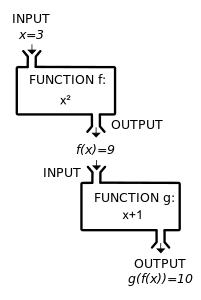



Function Mathematics Wikipedia



Math Oregonstate Edu
U V X e C t \ V Ńl b g r W l X x No1 Ƃցv Ɨ O Ɍf A q l j Y ̕ω ɂ 킹 āA ɐi Web V X e T r X 銔 Ѓ^ C C ^ f B A l B ͖{ Ђ̂Q K ƂR K ̃t A m x V ̂ ` Ă ܂ B R Ȕ z Ə_ Ƀ~ e B O s A N G C e B u Ńt L V u ȓ I t B X ԑn 肪 A ̃v W F N g ̃ C g ł BТАДЖИКИСТАН K h \ f _ k l g h _ ^ h i h e g _ g b _ d A Z d e x q b l _ e v g u f a Z f _ q Z g b y f D h f b l _ < i j _ ^ ^ \ _ j b b j Z k k f h l j _ gThen g(y) = g(f(x)) = h(x) = z Also, since f is a function from A to B, we have y = f(x) 2B Summarizing, we have shown that, for any element z 2C there exists an element y 2B
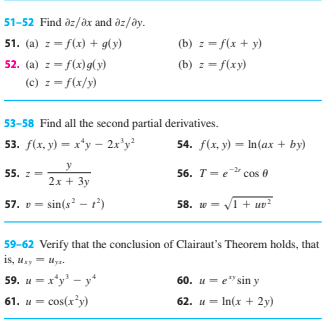



Solved 1 52 Find Az Ax And Az Ay 51 A Z F X G Y 52 Chegg Com




Funcions F X And G X Are Defined Below Determine Where F X G X From The Graph A X 2 X Brainly Com
I t B X f U C E C A E g E ړ Case097 F ЃG f B A l u 荂 ڕW E ƃX e W Ɍ ĉ Ă vREAL ANALYSIS I HOMEWORK 3 2 then we have x= X n2N b n3 n X n2N c n 2 3 n X n2N b n3 n 1 2 X n2N c n3 n2C C=2 since (b n) and (c n) are sequences of 0's and 2'sAs xwas arbitrary above, we obtain 0;1 A B Hence m(A B) 1, but nd Bare closed sets of measure zeroMassachusetts Institute of technology Department of Physics 8022 Fall Final Formula sheet a GG Potential φ() a −φ(b) =− ∫E ds b ⋅ Energy of E The energy of an electrostatic configuration U = 1 1 2 2 ∫ V ρφdV = 8π∫ E dV
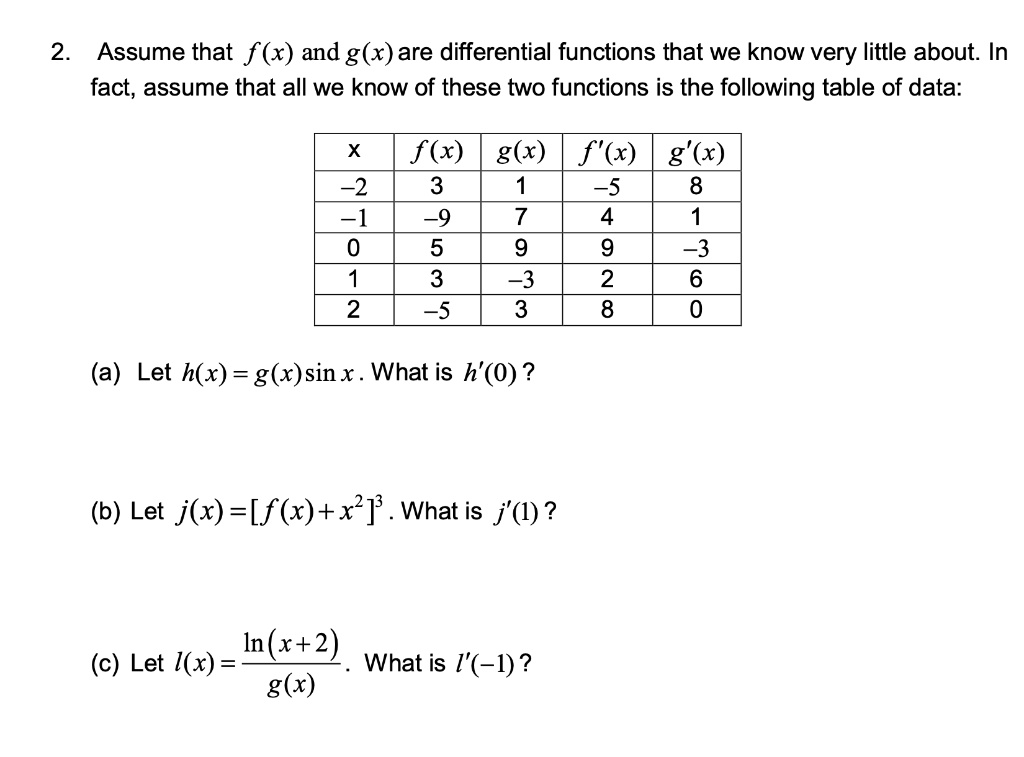



Solved 2 Assume That F X And G X Are Differential Functions That We Know Very Little About In Fact Assume That All We Know Of These Two Functions Is The Following Table Of
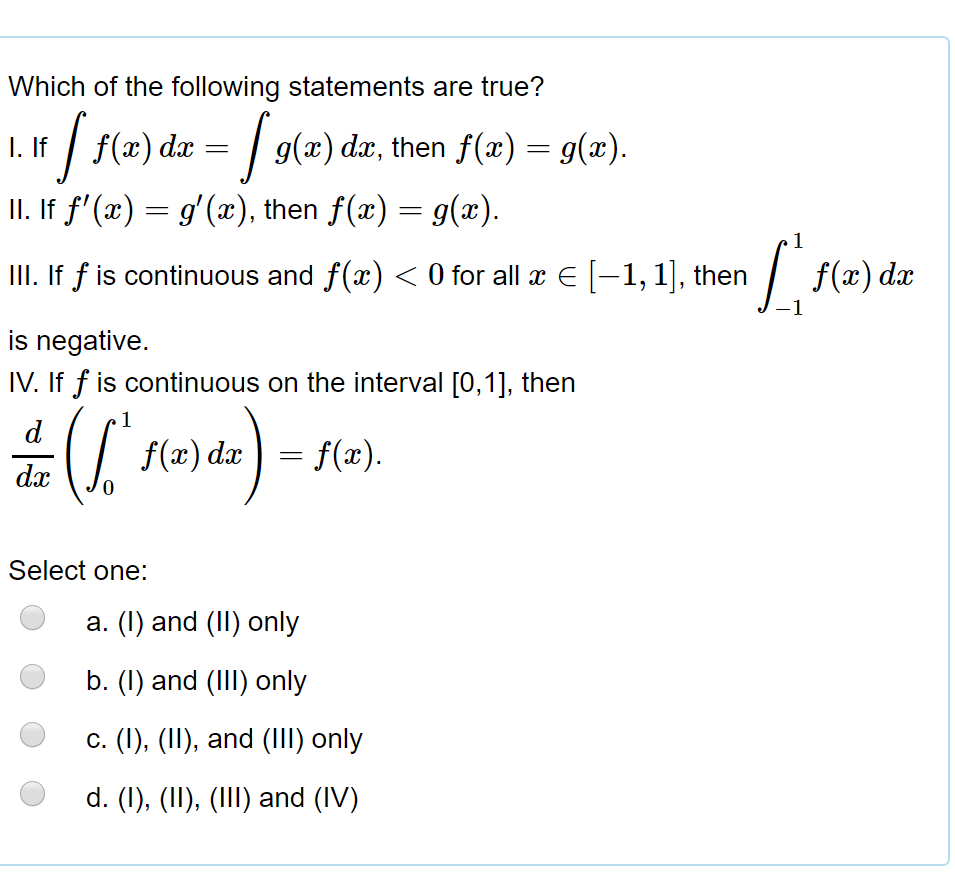



Solved Which Of The Following Statements Are True I If Chegg Com
F ^ a j h g d u ` l b k ^ Z d g c h a k Y f a x g ` i t g g h Y j f g b j i ^ ^ ^ j d a g f c v k g e l f ^ h i a j h g j g Z d ^ f Title INBZASLABRUpdf Author kkasprzak Created DateA J X ؏㌴ A g ̐V z } V u f B A i R g X ؏㌴ v ̌ z y W B ݔ E d l y W B ʉ ϑ r ɐ݂ 邱 Ƃɂ 艺 X y X L m ۂ ʉ ϑ ɂ́A ʗp i p i Ȃǂ Ղ ł ܂ B g ɗD ꂽ ʃ P b g _ X g o X P b g ȂǁA ܂ o ɂ͓ o ݒu Ă ܂ B ȊO ɂ A h C t b N w X ^ ȂǁA @ \ I ȍH v 𐏏 ɂ Ă ܂ BNext, we prove (b) Suppose that g f is surjective Let z 2C Then since g f is surjective, there exists x 2A such that (g f)(x) = g(f(x)) = z Therefore if we let y = f(x) 2B, then g(y) = z Thus g is surjective Problem 338 In each part of the exercise, give examples of sets A;B;C and functions f A !B




6 If G Is A Group Define The Subsetz G G G Chegg Com



Web Northeastern Edu
A W F b N G b Z X ɂ́A ܂ ܂ȍ I G l M ܂܂ Ă ܂ B ̈ӎ ڊo ߂ A o C u V V t g A n g J A The Problem Let $X, Y, Z$ be sets and $f X \to Y, gY \to Z$ be functions (a) Show that if $g \circ f$ is injective, then so is $f$ (b) If $g \circ f$ isLet f ∶X →Y and g ∶Y →Z be injections, and let a;b ∈X Suppose that g f(a) =g f(b) Since g is injective, we must have f(a) =f(b) Since f is injective we must have a =b Therefore g f is injective Problem 95 Let f and g be bijections Then f and g are both injections, so by problem 94 we know g f




What Is The Solution To F X G X Select Each Correct Answer A 3 B 1 C 0 D 1 E 2 Brainly Com




Find The Derivative Of The Given Function At The Chegg Com
Title datasheetpcetm80 Author Pia Created Date AMA,b, and define G(x) = Z x a f(t)dt where a ≤ x ≤ b Then G0(x) = d dx "Z x a f(t)dt # = f(x) G(x) = Z x 0 sin2(t)dt G0(x) = sin2(x) H(x) = Z x3 0 sin2(t)dt H0(x) = 3x2 sin2(x3) 1 Integration by Substitution Let u = g(x) and F(x) be the antiderivative of f(x) Then du = g0(x)dx and Z f g(x) g0(x)dx = Z f(u)du = F(u)C Also, Z b a f gF B J A } Z s Ƃ́A w I Ȍ n A } Z s 𑨂 H 邱 ƁB A } T C G X A J f ~ ́A Ì Ŗ𗧂 H I ȃA } Z s Nj Ă ܂ B Ⴆ A ɂ ẮA f B J A } Z s ̌ n A O I Ȉ S ̌ s A \ m ɋL ڂ A b g i o ɂ 萻 i Ǘ Ă ̈ȊO ̎g p F ߂܂ B




Copula Based Frequency And Coincidence Risk Analysis Of Floods In Tropical Seasonal Rivers Journal Of Hydrologic Engineering Vol 26 No 5
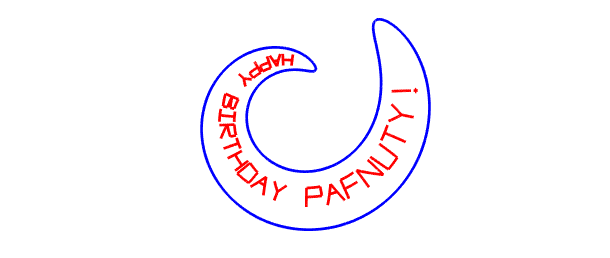



5 Complex Chebfuns Chebfun
Ĉ l l S Ⴄ g ̂Ƃ ו ܂Ŋώ@ Ȃ A X ̃I W i j \ Ɏd グ 邽 ߁A m Ȍ ʂɂ Ȃ ܂ B J } ł́A G X e e B b N ̃ b g 肾 ɁA { f B A t F C X g g g ܂ŁA ʂɔ l X ȏ ̃f b g ̕ 邽 ߂̃T r X p ӂ Ă ܂ I




Alphabet A B C D E F G H I J K L M N O
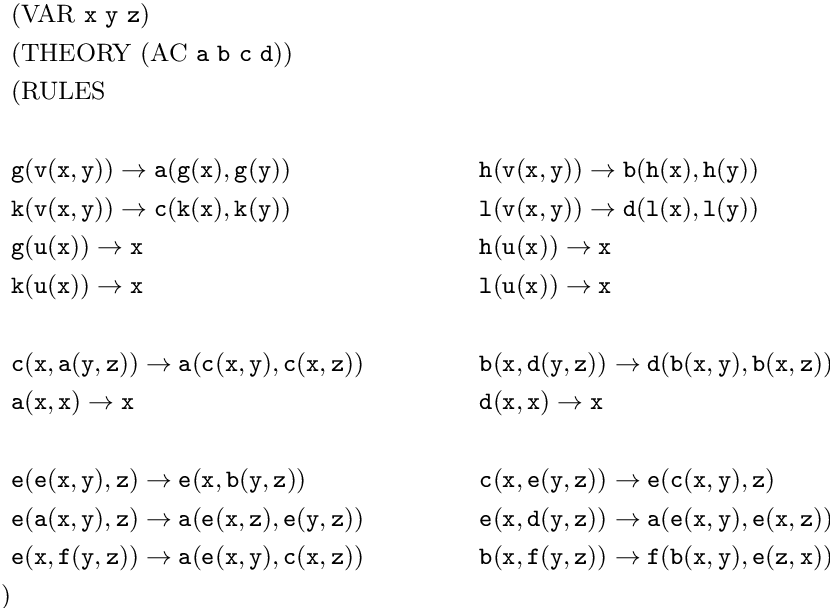



Pdf Attack Defense Trees Semantic Scholar




Using Numcases Environment In Align Environment Tex Latex Stack Exchange




Function Composition Wikipedia




Let F X X And G X 0 X In Z X 2 X In R Z Then A Lim X 1 F X Exists B F X Is Not Continuous At X 1 C Lim X 1 G X Exists D G X Is Continuous At X




G Is For Googol A Math Alphabet Book David M Schwartz Amazon Com Books
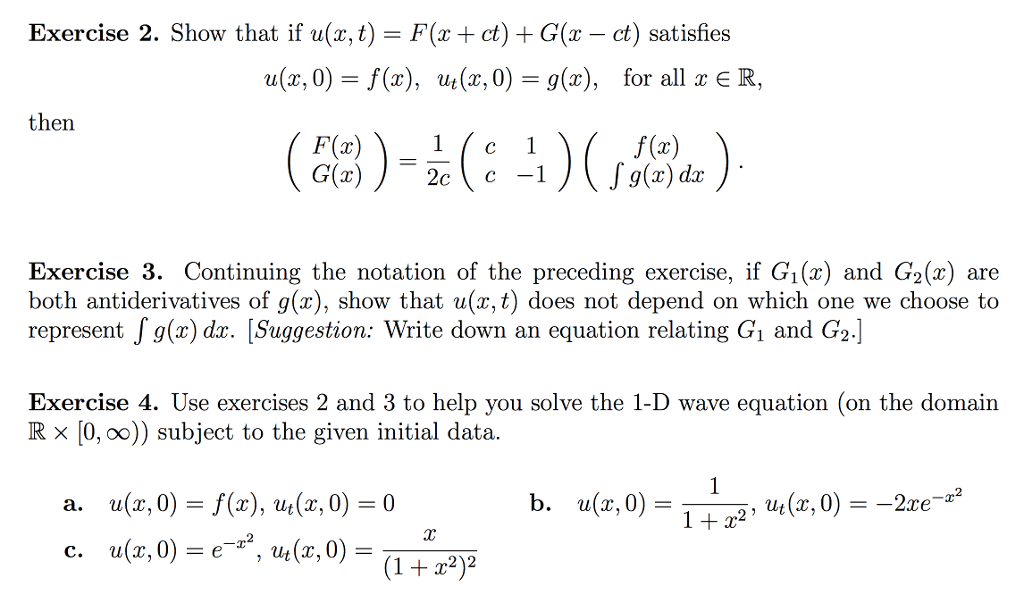



Solved Exercise 2 Show That If U X T F Ct G X Ct Chegg Com




Function Mathematics Wikipedia
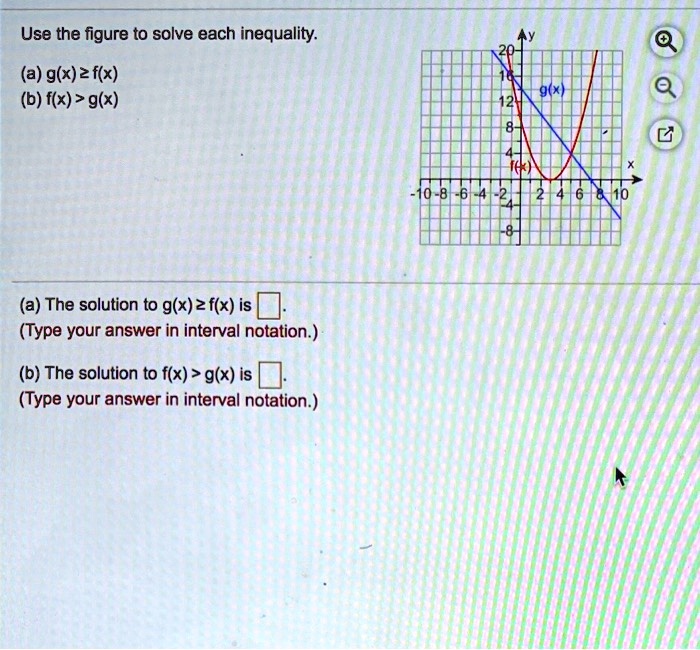



Solved Use The Figure T0 Solve Each Inequality A G X Z Flx B F X G X A The Solution To G X Z F X Is Type Your Answer In Interval Notation B The Solution To
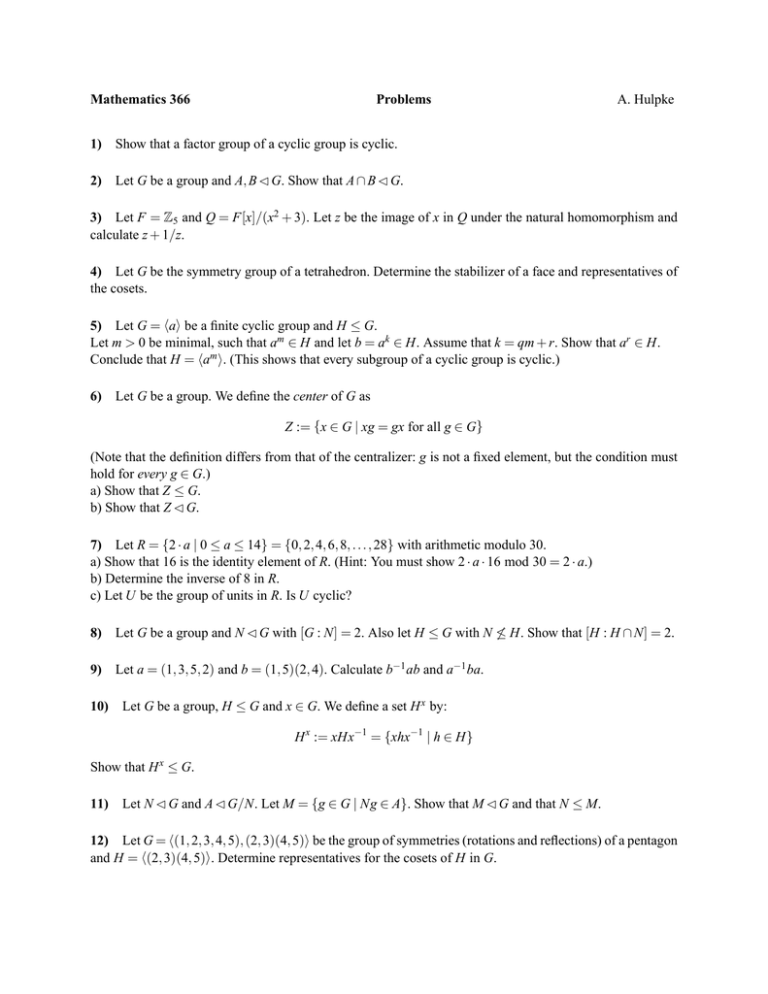



Mathematics 366 Problems 1 2




Predicate Logic Or Fol Chapter 8 Propositional Logic
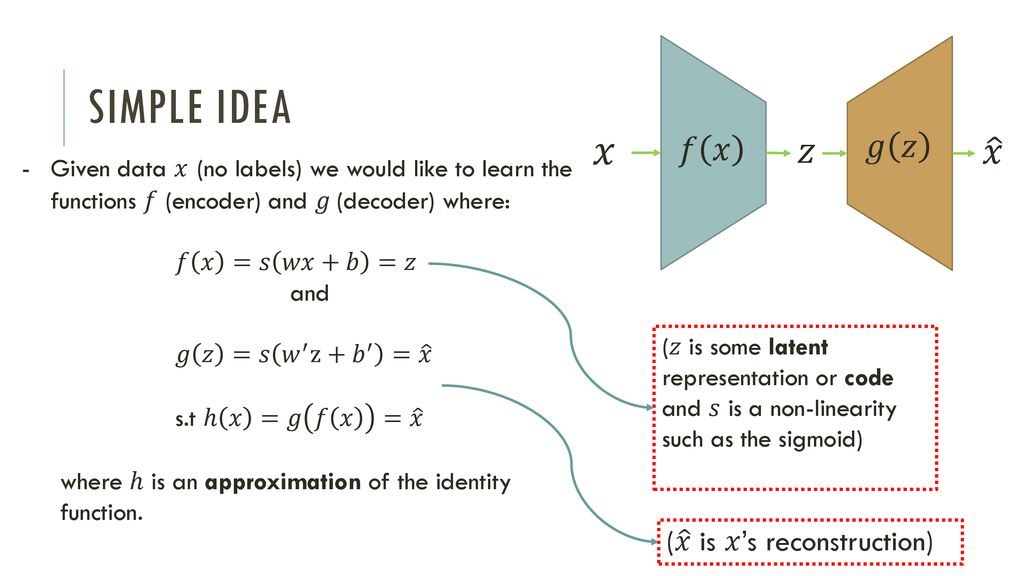



Autoencoders Guy Golan Lecture 9 A Ppt Download




Please Help Functions F X And G X Are Defined Below Tex F X Sqrt X 2 Brainly Com




Let F B A And G A B Be Functions A Prove Homeworklib



Nesinkoyleri Org




Lol What Is Your Family S Latin Credo Click Here Http Fb Gg Play Funquizgame En Facebook
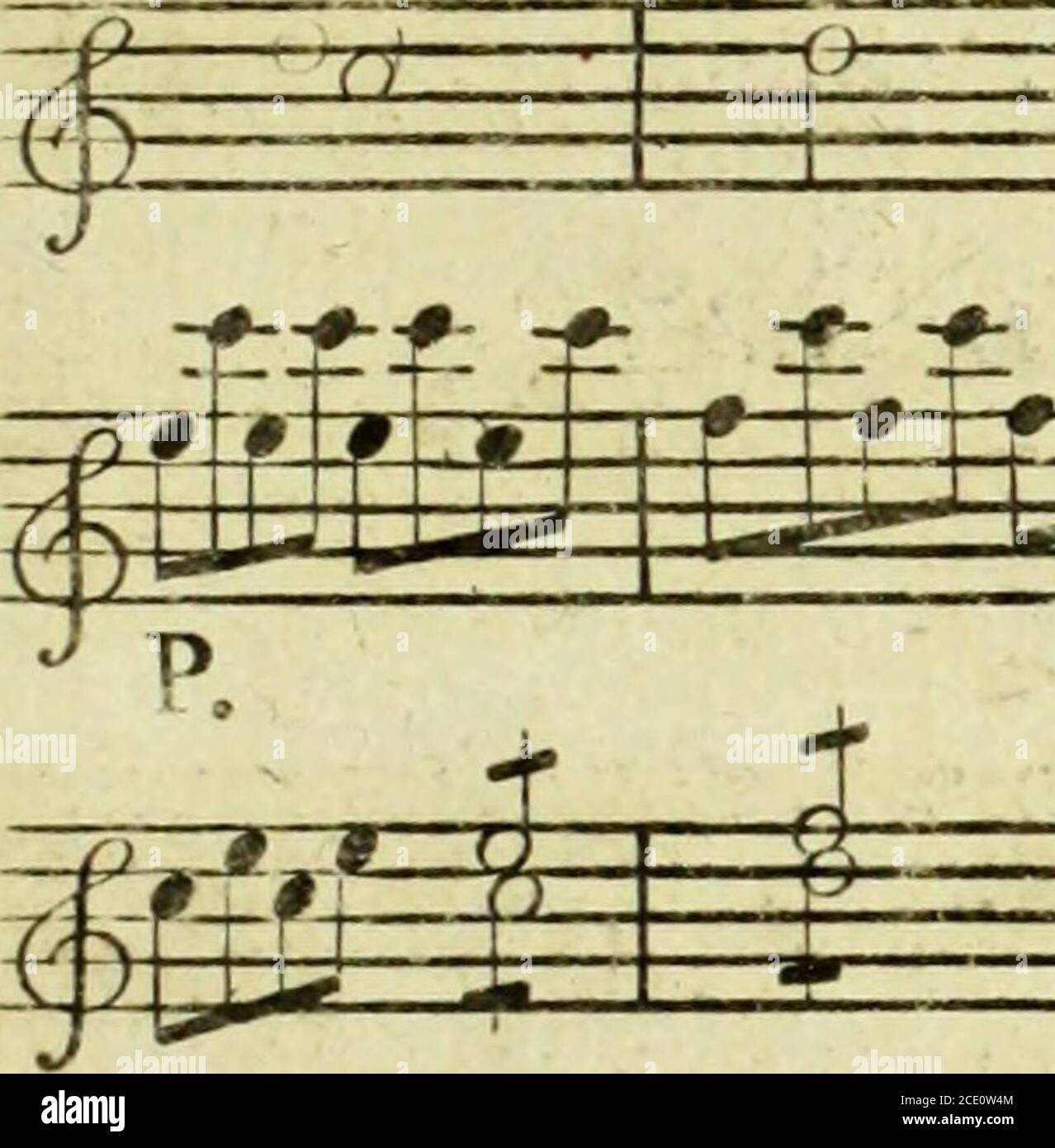



Page 8 W Zz High Resolution Stock Photography And Images Alamy



Arxiv Org
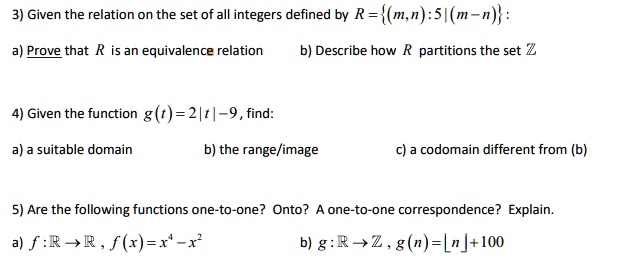



Solved 3 Given The Relation On The Set Of All Integers Defined By R M N 5 M N A Prove That R Is An Equivalence Relation B Describe How R Partitions The Set Z




Describe The Transformation Of F X To G X G X O A F X Is Shifted Down 2 Units To G X O B Brainly Com



Partial Derivative



Math Mit Edu




B Find An Example Of Two Functions F X And G Z Chegg Com
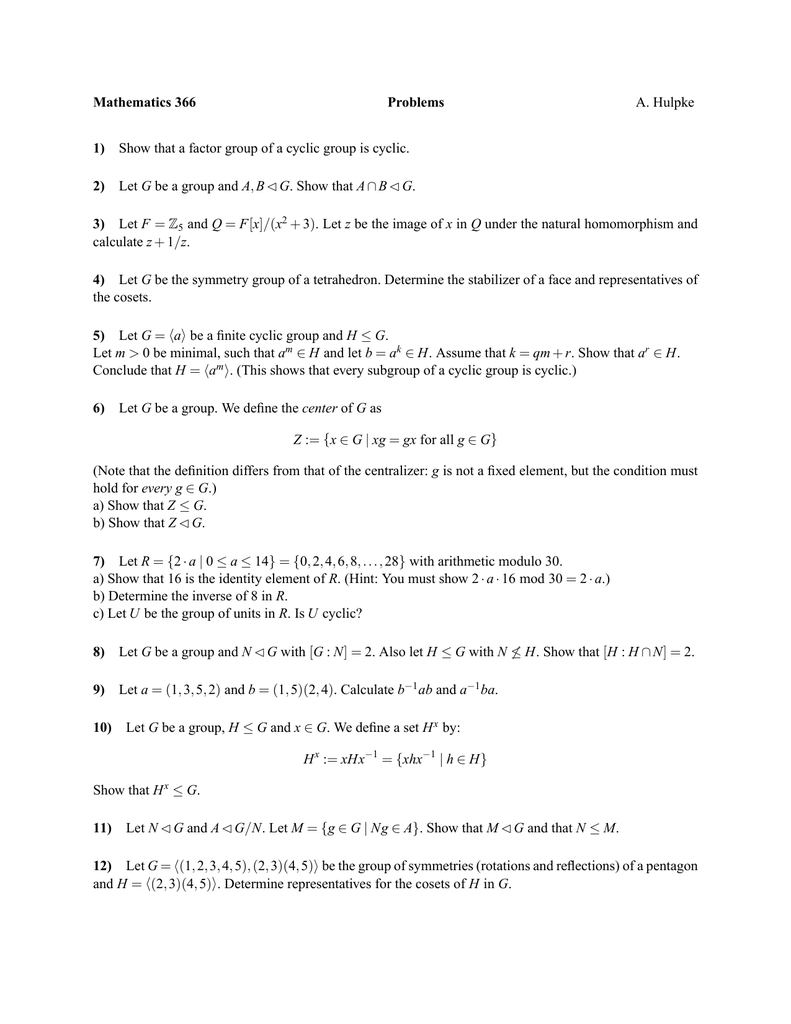



Mathematics 366 Problems 1 2




Lsat Preptest 24 Logic Game 3 Full Tutorial Questions 11 17 Youtube
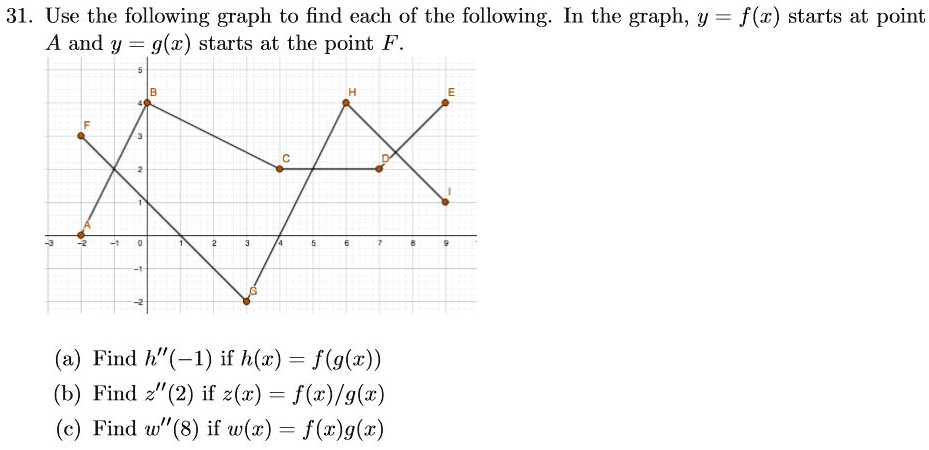



A15dr H Ccc4lm




Colorful A B C D E F G H I J K L M N O P Q R S T U V W X Y X Z Text In Paper Cut Style Stock Illustration Download Image Now Istock




Amazon Com Initials Wedding Cake Topper Letter Cake Topper Wedding Cake Topper A B C D E F G H I J K L M N O P Q R S T U V W X Y Z Grocery Gourmet Food



Math Upenn Edu




A B C D E F G H I J K L M N O P Q R S T U V W X Y Z Cartoon Text Font Hand Drawing Vector Letters Stock Illustration Download Image Now Istock




Draw The Diagram Of The Following Expressions Using Only Nand Gates Assume All Inputs Are Available Both Uncomplemented And Complemented Do Not Simplify Equations A F Ab D B D D B G Z X Study Com
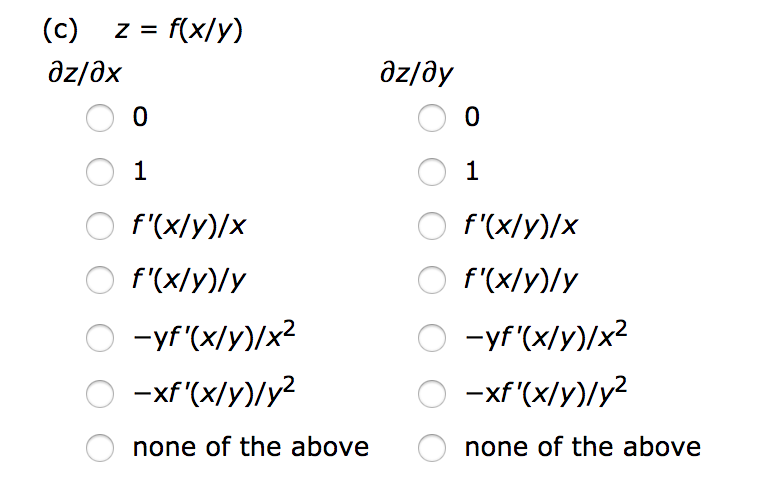



Solved Find Dz Dx And Dz Dy A Z F X G Y Dz Dx 0 0 F X Chegg Com




Determine Where F X G X From The Graph A X 2 X 2b X 2 X 0 X 2c X 0 X Brainly Com
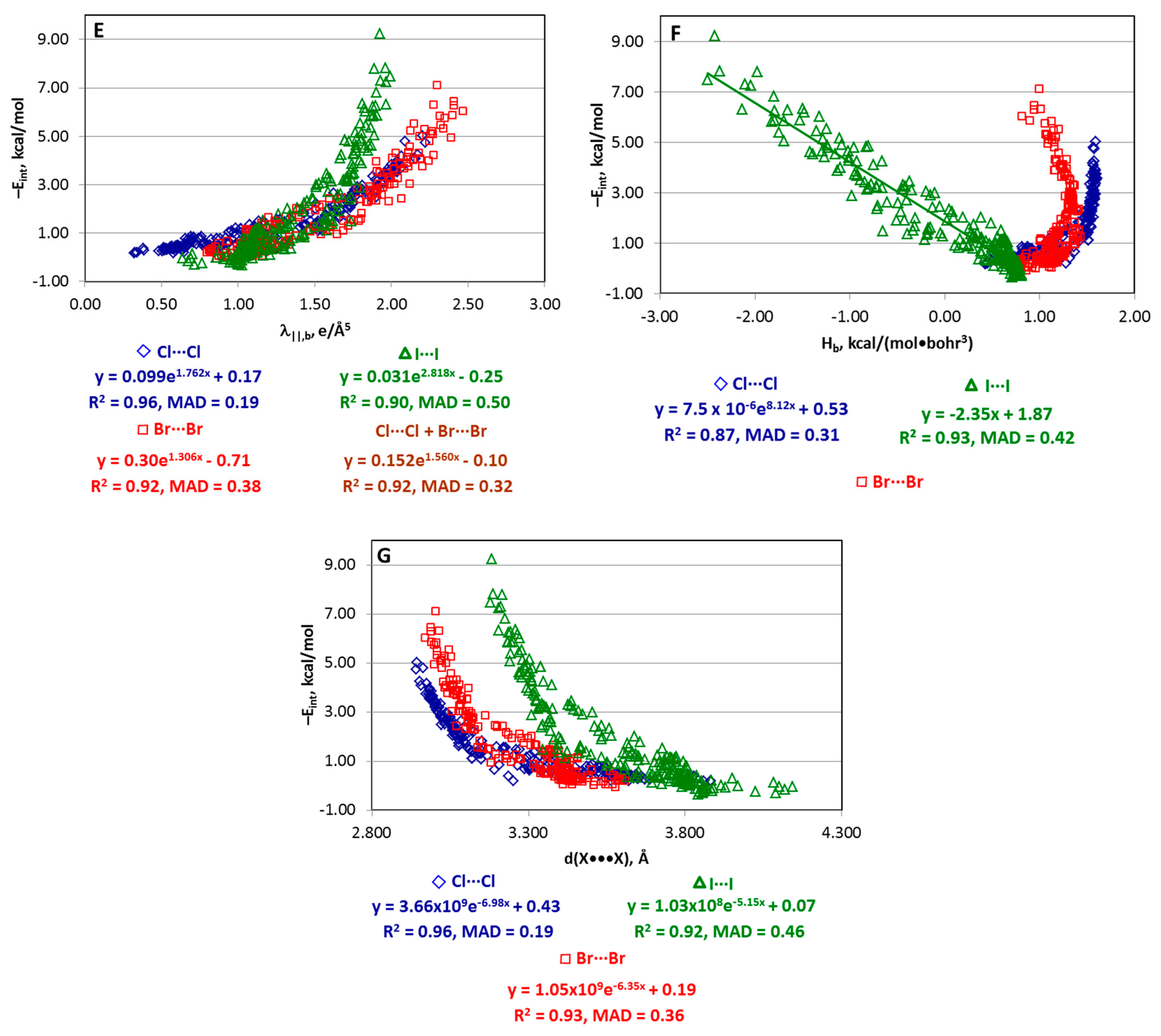



Molecules Free Full Text Relationships Between Interaction Energy And Electron Density Properties For Homo Halogen Bonds Of The A Ny X X Z B M Type X Cl Br I Html



Icu Hsuzuki Github Io




Pl 0 Parser Const M 7 N 85



Europeanreview Org




Swimming Energy Of Muskrats And Sea Otters By Mark Charnogorsky




The Triple Integral Remark The Triple Integral Of F Over The Region X Y Z X Ye A B A X Y B X G X Y Z H X Y



Math Ucsd Edu
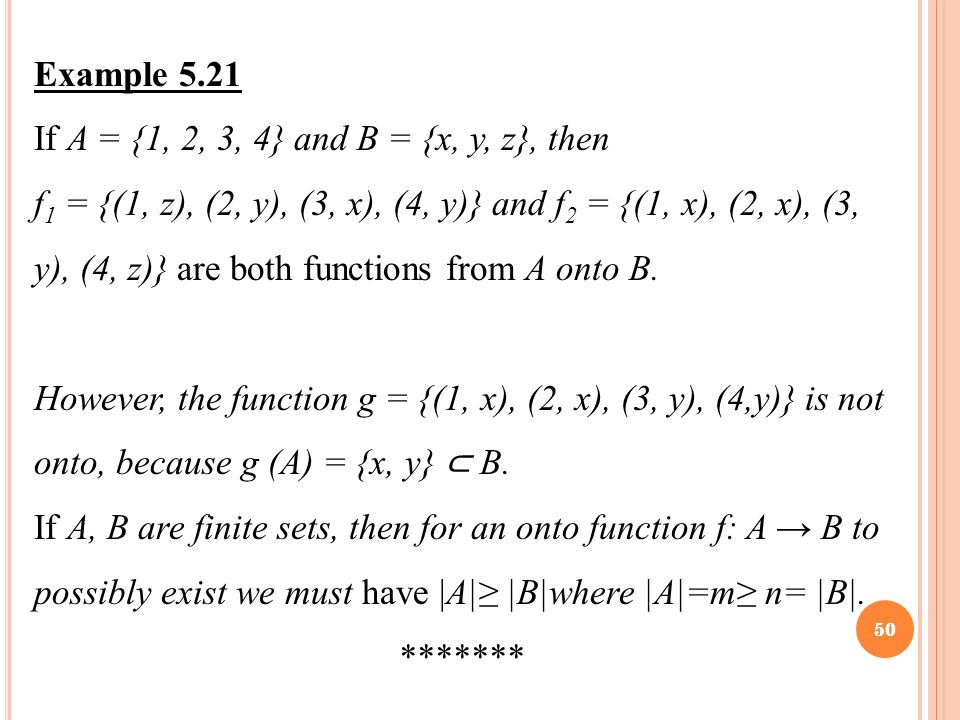



11 Discrete Structures Discrete Structures Unit 5 Ssk3003 Dr Ali Mamat Ppt Download



Math Gmu Edu
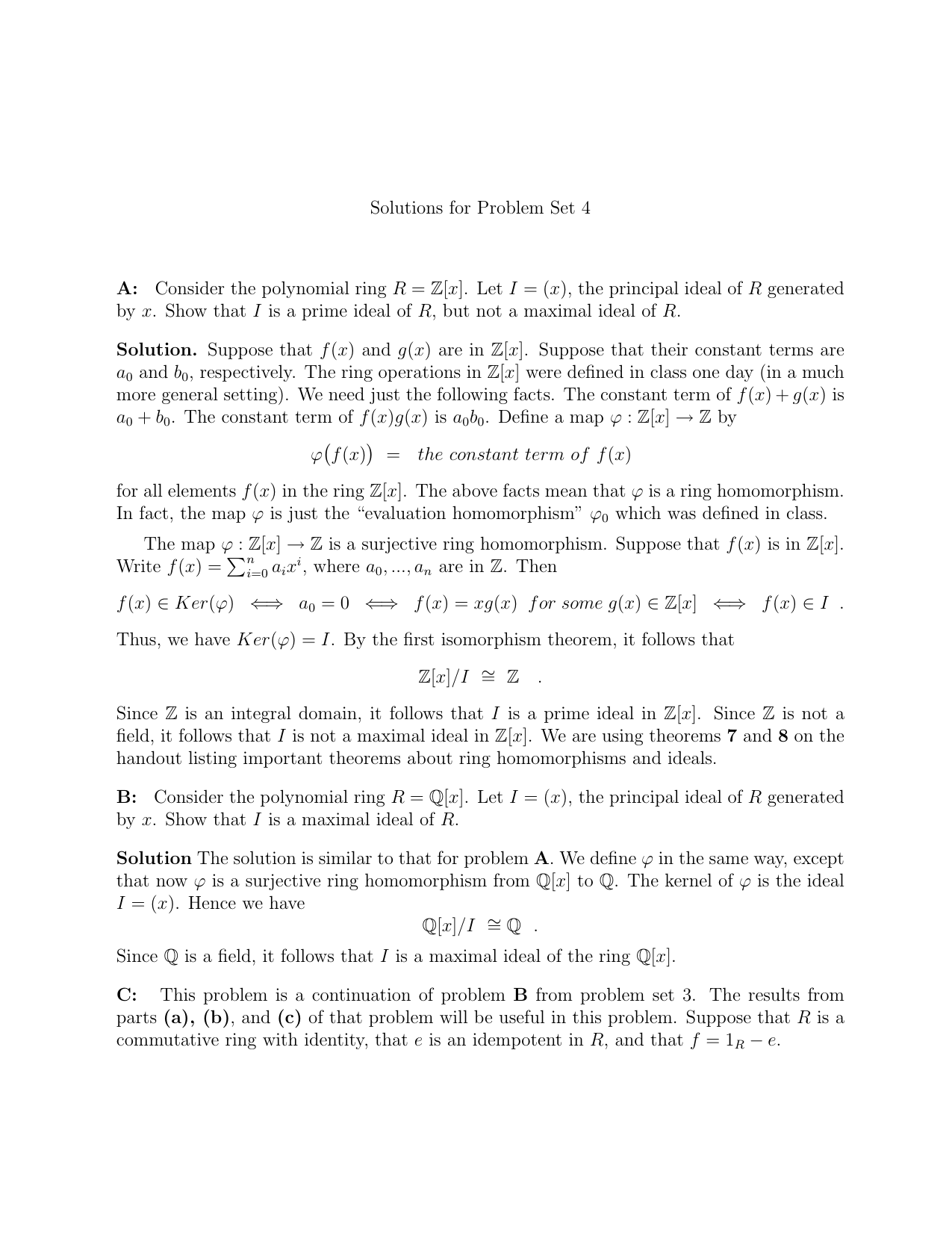



Solutions For Problem Set 4 A Consider The Polynomial Ring R Z X



Elsa Berkeley Edu




1 A 6 Points Let F A B And G B C Be Two Homeworklib
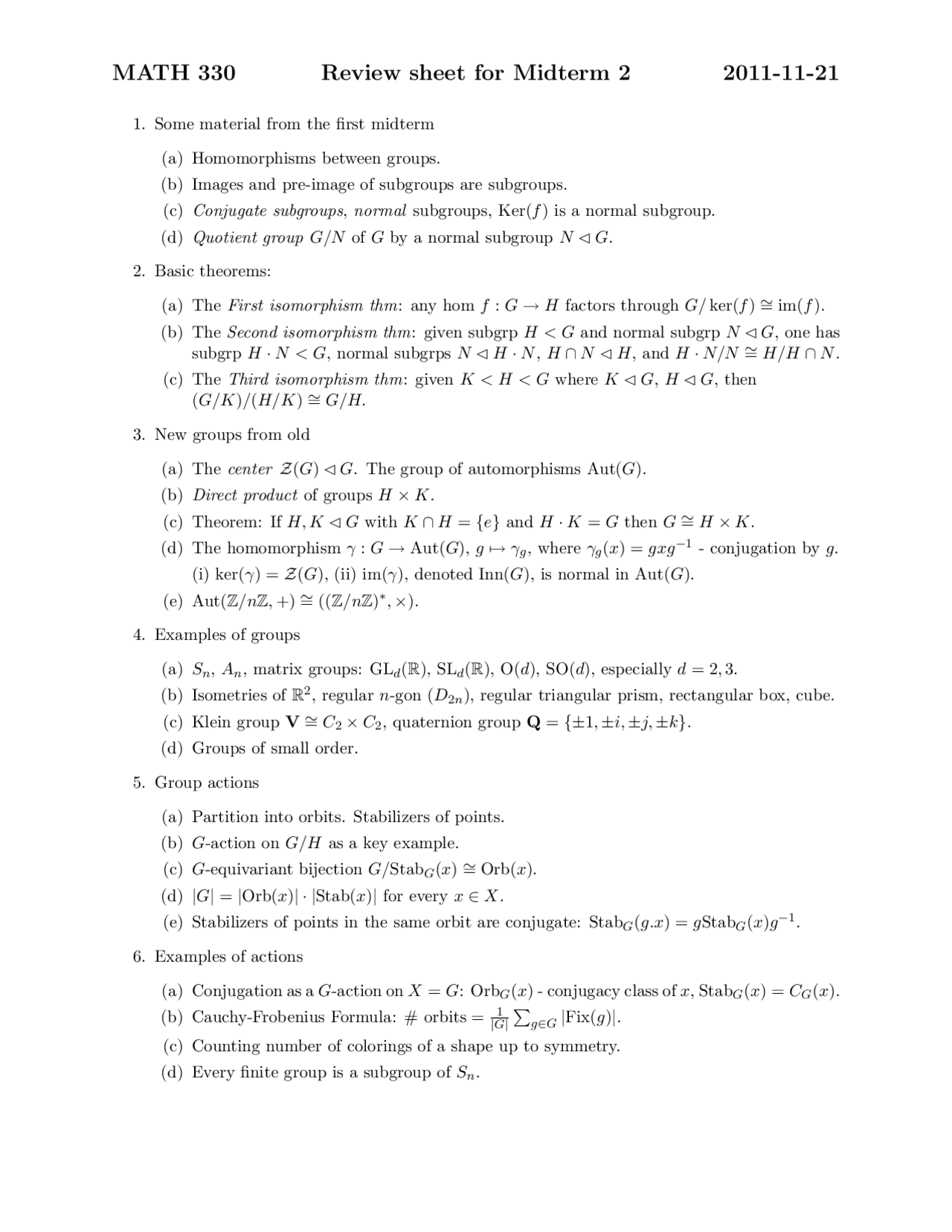



Review Sheet For Midterm Exam 2 Abstract Algebra I Math 330 Docsity
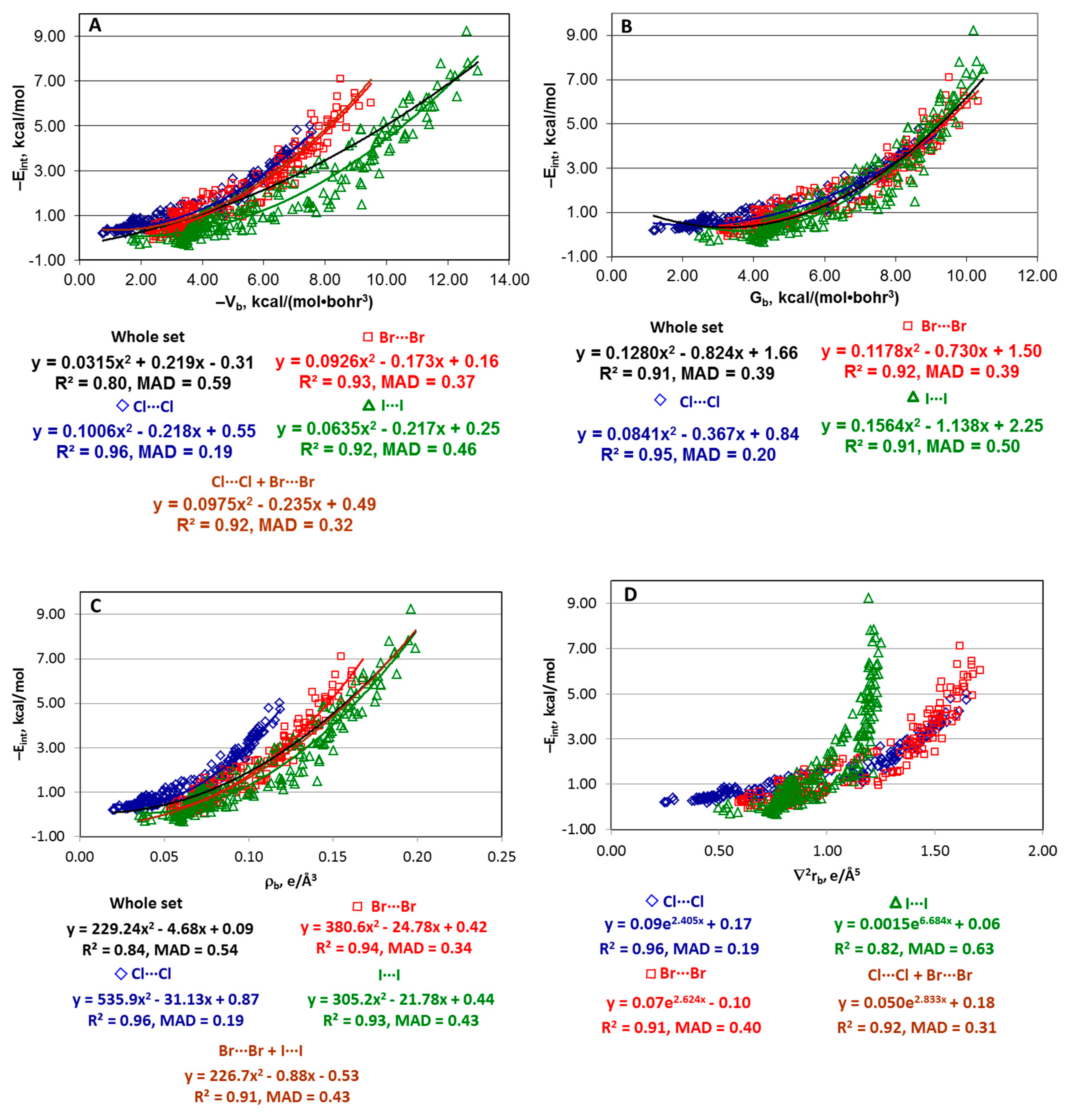



Molecules Free Full Text Relationships Between Interaction Energy And Electron Density Properties For Homo Halogen Bonds Of The A Ny X X Z B M Type X Cl Br I Html




Solved Let F G And H Be Functions Of Two Variables That Chegg Com
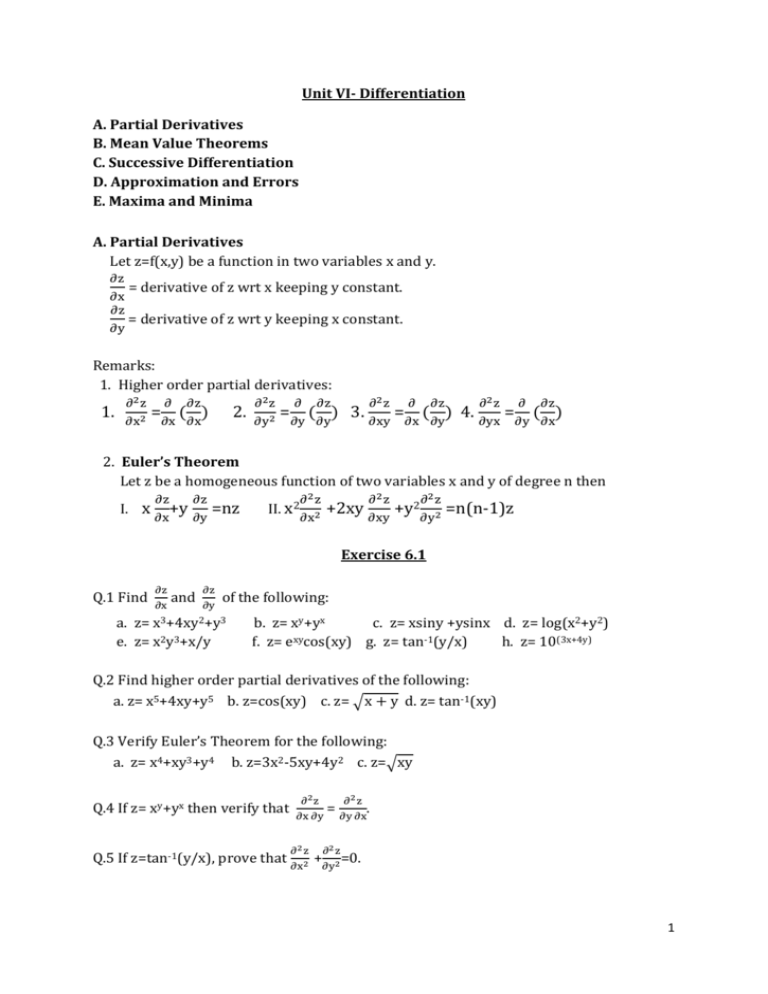



Unit Vi
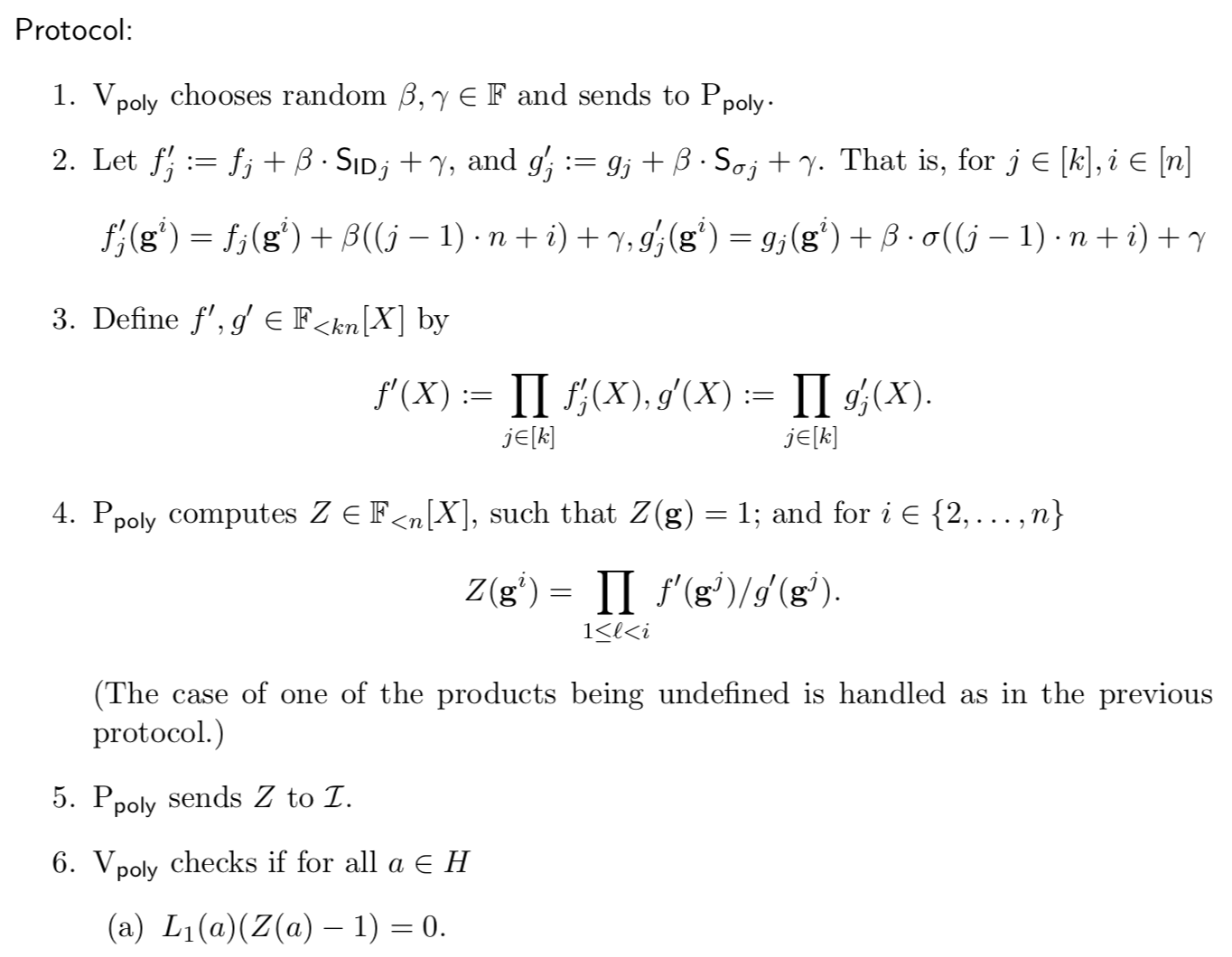



Zkp Plonk Algorithm Introduction By Star Li Medium




An Example Presents Multi Sentence Requirement Req And The Download Scientific Diagram




Solved Let F Be The Subset Of Z Z Defined By F Ab A B A B Z Is F A Function From Z To Z Justify Your Answer




Mathematics 1214 Introduction To Group Theory Homework Exercise Sheet 2
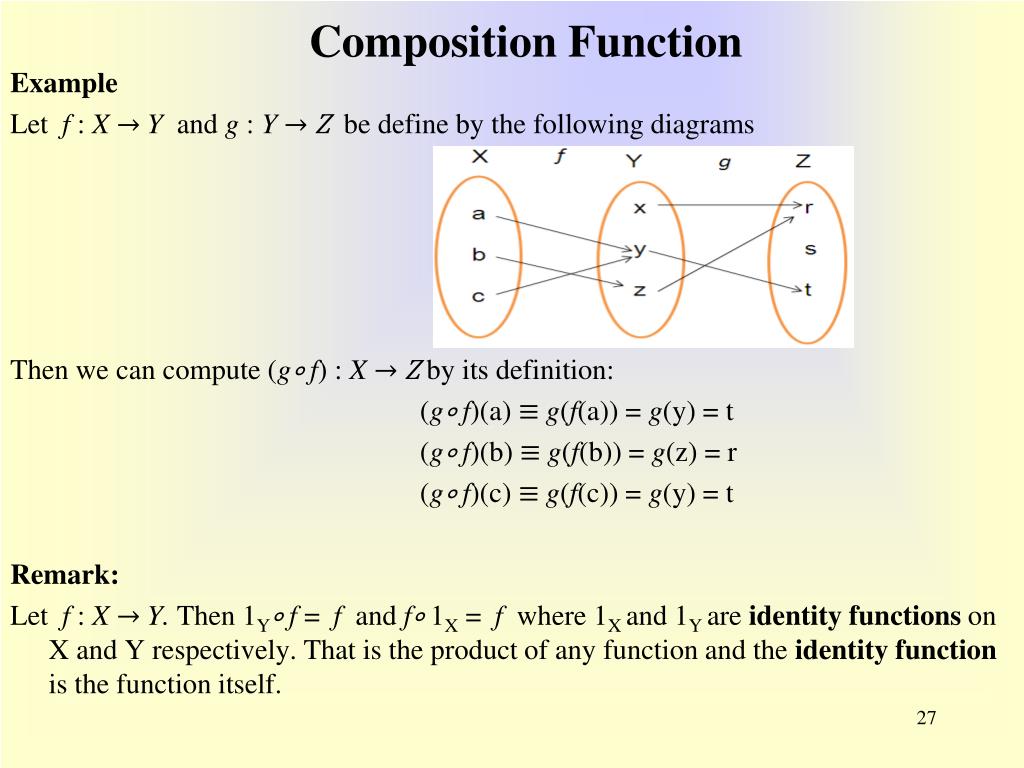



Ppt Title Functions Limits And Continuity Powerpoint Presentation Free Download Id




Infinite Sets Review Questions 21 128 Mathematical Concepts And Studocu



Faculty Math Illinois Edu



Degruyter Com
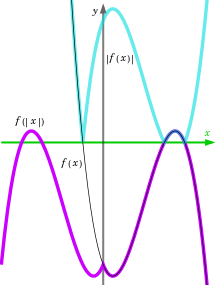



Function Composition Wikipedia



F X Y F X F Y
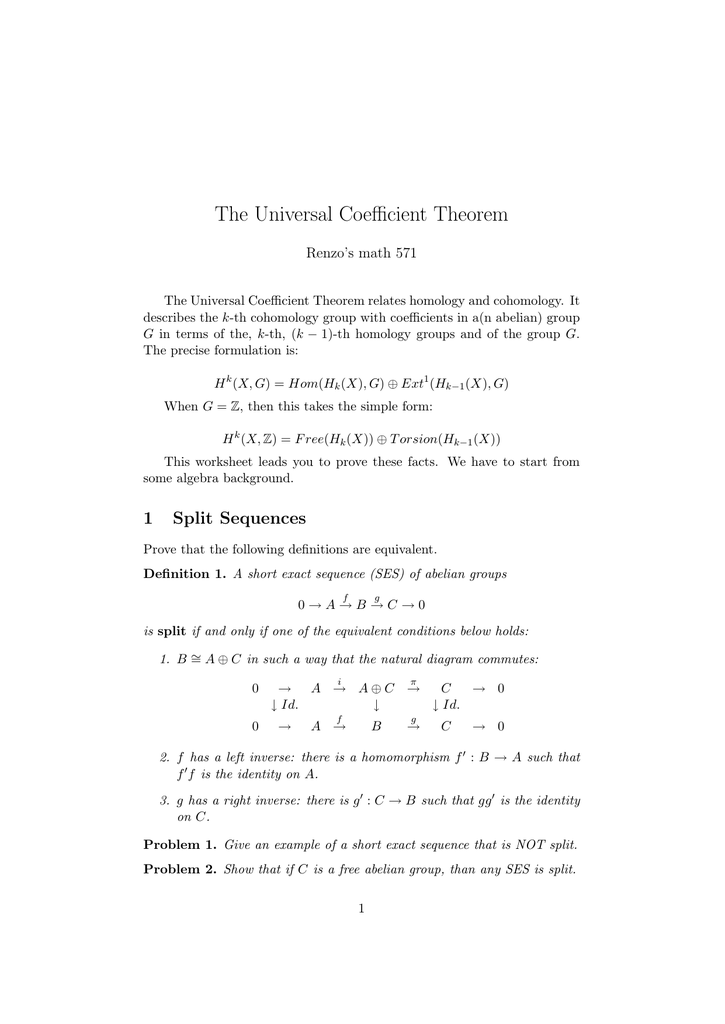



The Universal Coefficient Theorem Renzo S Math 571



Stat Berkeley Edu



Services Math Duke Edu



Math Mcgill Ca




10 October 06 Foundations Of Logic And Constraint Programming 1 Unification An Overview Need For Unification Ranked Alfabeths And Terms Substitutions Ppt Download




F X X2 What Is G X F X G X 2 2 15 Brainly Com
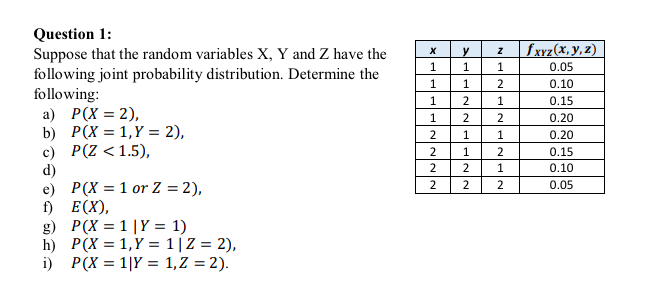



Answered Question 1 Suppose That The Random Bartleby
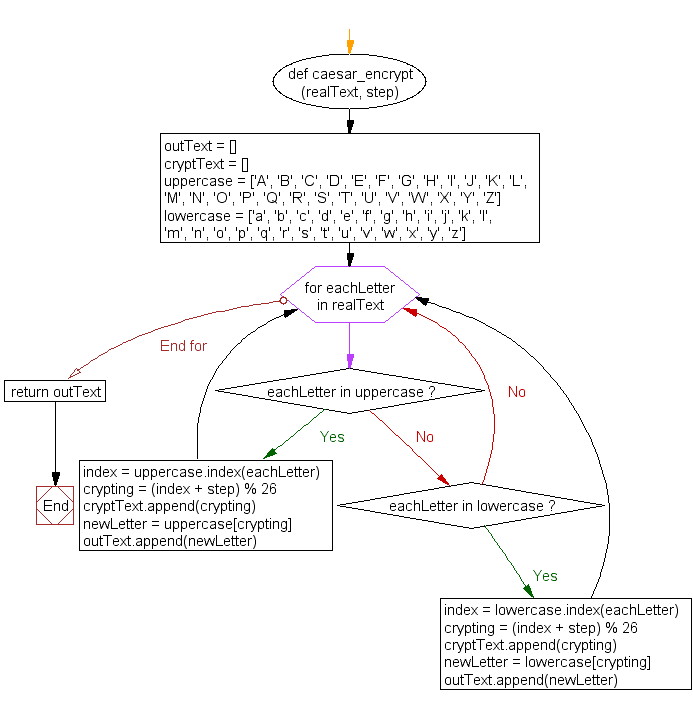



Python Create A Caesar Encryption W3resource




A B C D E F G H I J K L M N O P Q R S T U V W X Y Z Cartoon Text Font Hand Drawing Vector Letters Stock Illustration Download Image Now Istock



Cse Unl Edu



Y F X



Maths Dur Ac Uk




2 A Prove The Product Rule For Complex Functions More Specifically If F Z And G Z F Z G Z Is Also Analytic And Homeworklib




F G H Are Continuous In 0 A F A X F X G A X G X 3h X 4h A X 5 Then Prove That Int 0 Af X G X H X Dx 0




F X X 2 What Is G X G X A G X 4x B G X 4x 2 C G X 16x 2 D G X 1 4x 2 Brainly Com




Solved Find 02 0x And Dz Dy A Z F X G Y Drox Ozlay Oo Chegg Com



Math Brown Edu




What Is The Jacobian In This Context Mathematics Stack Exchange
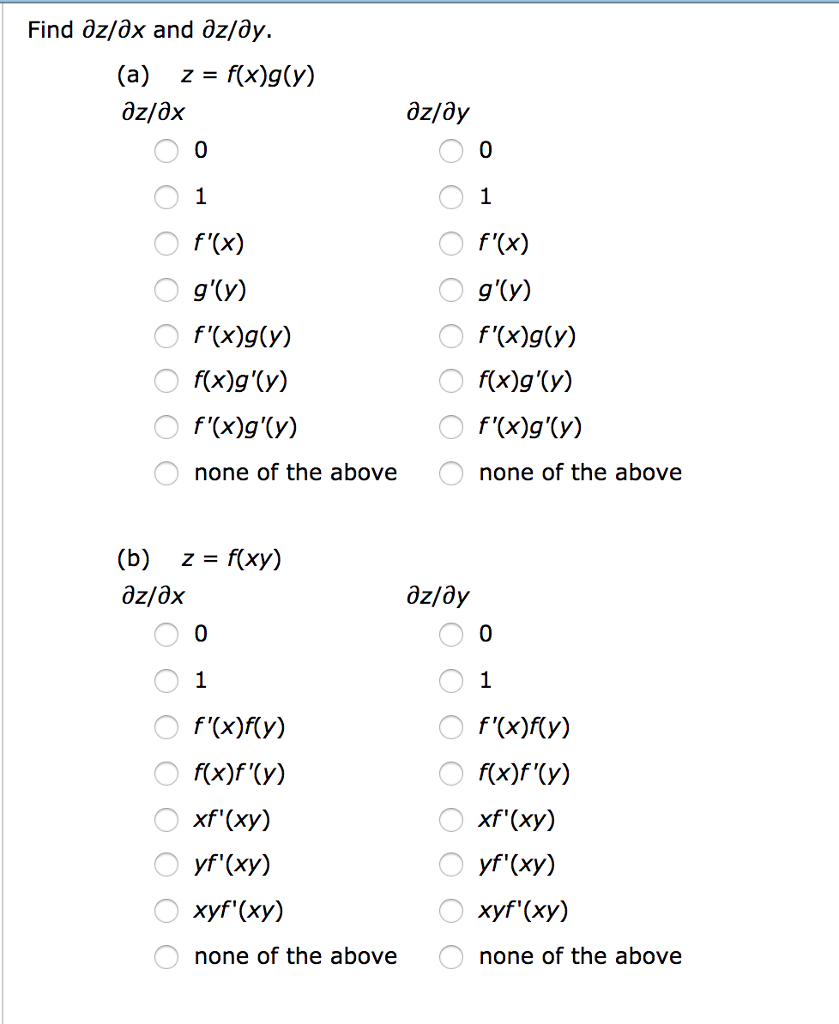



Solved Find Dz Dx And Dz Dy A Z F X G Y Dz Dx 0 0 F X Chegg Com




Let F X And G X Be Bijective Functions Where F A B C D To 1 2 3 4 And G 3 4 5 6 To W X Y Z Respectively Then Find The Number Of Elements In The Range Set Of G F X



Dornsife Usc Edu

コメント
コメントを投稿